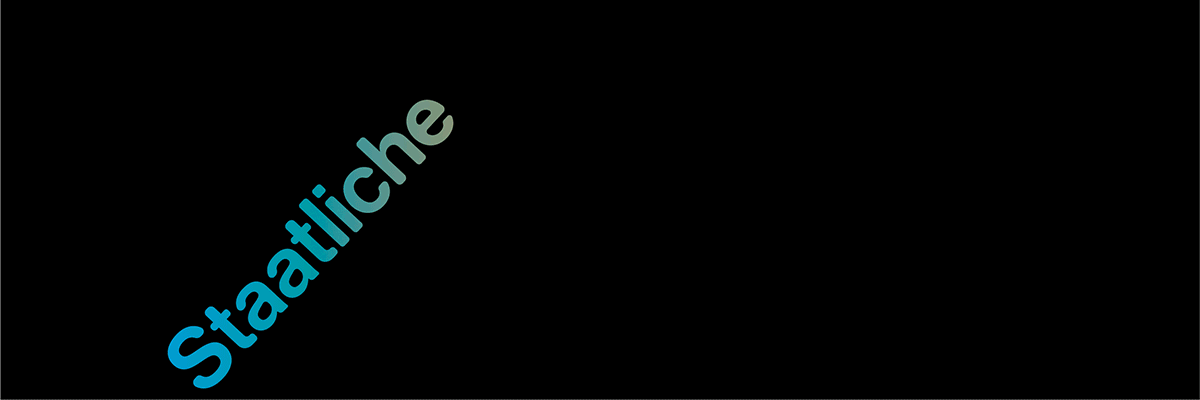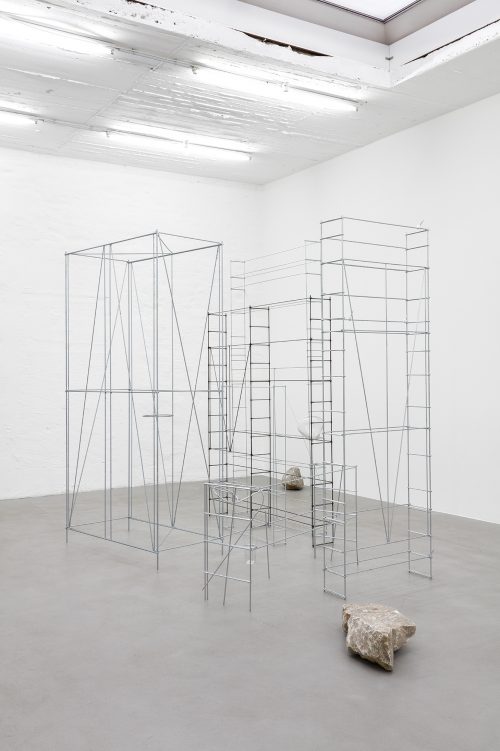
Rafał Zajko
Amber Waves II (The Blaze)

Advertisement

















Fran Reus is pleased to present Amber Waves II (The Blaze), a solo exhibition of new works by Polish artist Rafał Zajko. Through a new series of experimental sculptures, installations and works on archival paper, Zajko explores the relationship between human life and the cultivation of grain. The symbolism of wheat and grain has been a constant interest in Zajko's work, stemming from his working-class upbringing in Poland, where his family worked for generations in the factory or in the fields.
In this exhibition, Zajko moves away from an autobiographical approach to consider the damaging and ecological consequences of industrial agriculture, the technology we have created for the large- scale cultivation of wheat, and, ultimately, to question whether, since its domestication 10,000 years ago, this mega-crop has made us a society totally dependent on it.
"I like to think of it as an alien plant," says Zajko, "something we have genetically modified from its hostile origin, which is now in 70% of the world's food production, but in equal measure something that modified us, a process that is still ongoing while our bodies are still learning to fully digest it."
The adaptive capacity becomes visible in Zajko's work through the idea of the local. The exhibition is conceived as an evolution of his research into the biography of wheat, setting his gaze on the context presented to him, now the island of Mallorca. Some of the pieces presented are the result of research into agriculture in Mallorca and, specifically, the product resulting from the cultivation of Mallorcan wheat, xeixa flour, native to the island. This has recently been recovered and has been given a strong status throughout Spain. It is an ancient type of grain that has not been genetically modified - so due to the low starch levels, it is much more digestible for humans. The artist questions that perhaps it is not that we have domesticated wheat, but that wheat and grains have cultivated us. Employing a form of non-human intelligence, it has manipulated us into giving it the status of social dependency.
The dialogue with the local is presented on different levels, not only in the social sphere but on a physical, tangible level, with the gallery space itself and specifically with The Vault room, creating its own atmosphere and sensation of intimacy and isolation that immerses the spectator in the project presented. Throughout the space, the featured works draw parallels between the cyclical nature of these processes with the biological systems of the body.
If we step back and widen our gaze, the ultimate global meaning of his research comes to light, uniting past, present, and future, as well as placing the cultivation of grain in a position of crucial importance today as a global food base, ammunition of war and a mechanism of economic control. All these aspects ooze from pieces with an aesthetic charged with symbolism, with hints of factory gears, utopian architecture or elements taken from science fiction novels in the style of Le Guin.




